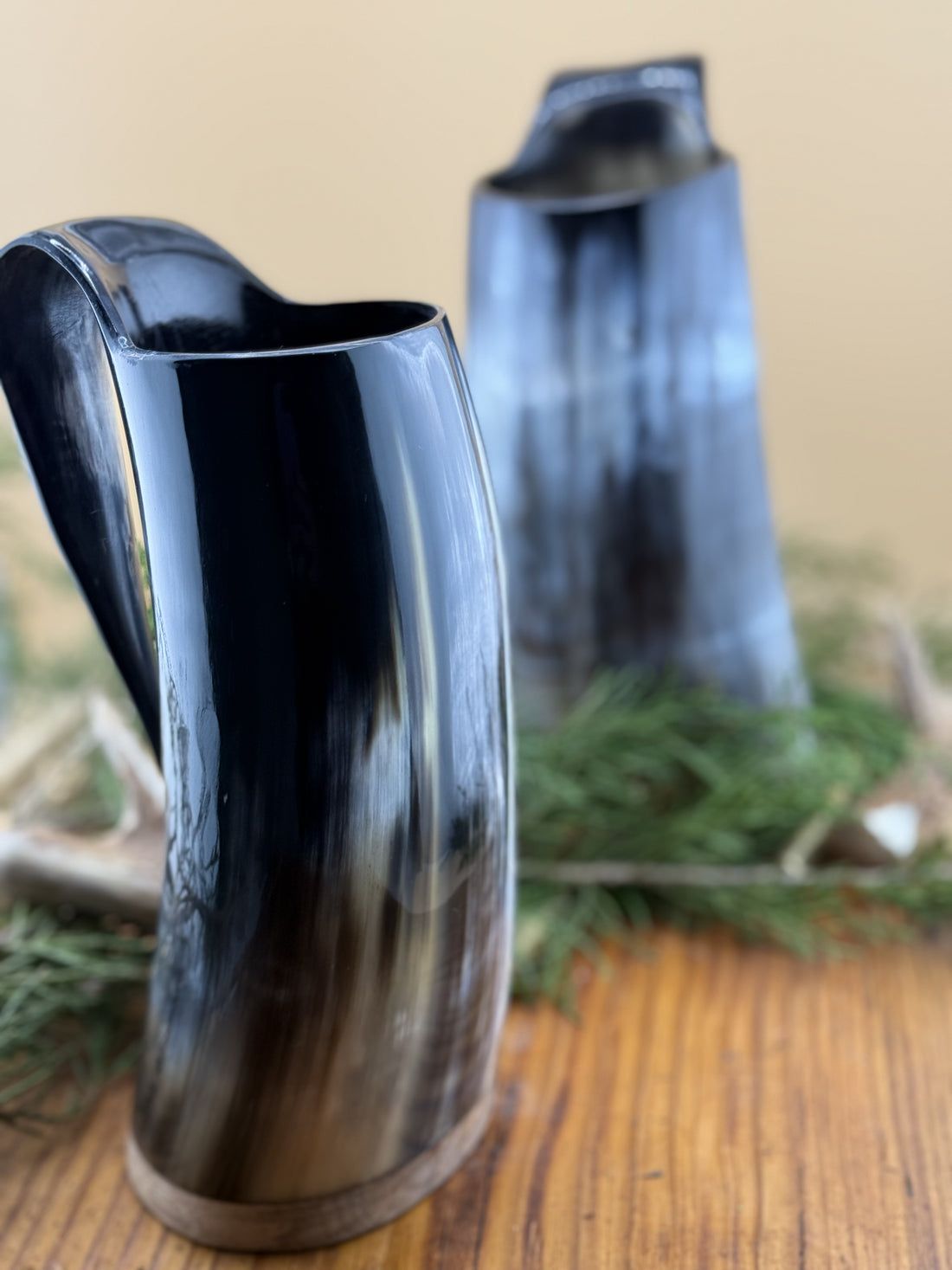The world of knives might seem straightforward, but beneath the surface lies a fascinating blend of artistry, engineering, and practicality. Consider this: the first known knives date back thousands of years, and while they've evolved significantly, their core function remains the same—precision cutting. What sets today’s knives apart is the craftsmanship and personalization involved in their production, a world where materials like camel bone knife scales play an essential role.
Why camel bone? First, let’s bridge the gap between tradition and modern knife crafting. Camel bone offers a unique aesthetic, with its varied texture and color, making each knife handle distinct. Beyond aesthetics, camel bone is incredibly robust, providing durability that can withstand the pressures of regular use. This resilience is key in tactical knives used by first responders or military personnel who need equipment they can rely on in critical situations. It’s not just the blade that matters—the handle must offer strength and reliability too.
When discussing knife making, there are primarily two methods: forging and stock removal. Forging involves heating and shaping the blade, often preferred for making knives that require enhanced durability. On the other hand, stock removal is about carving the blade from a larger piece of material, ideal for achieving precision designs. Whichever method is used, the heat treatment process is critical as it defines the blade's hardness and durability. Selecting the right steel for blade blanks is similar to choosing a quality handle material like camel bone—it determines the knife's longevity and performance.
Understanding what makes a quality knife goes beyond the blade. Handle ergonomics, balance, and edge retention all contribute to overall performance. A poorly designed handle can make a knife uncomfortable to use, while improper balance can lead to inefficient cutting. Edge retention, the blade's ability to hold its sharpness, is crucial whether you're using a kitchen knife for precision cutting, a bushcraft knife for survival tasks, a hunting knife for field dressing, or a tactical knife for emergency situations. Each type of knife has a specific purpose and design, driven by its intended use.
Knife safety and maintenance can't be emphasized enough. Regular sharpening, safe handling practices, and proper storage can significantly extend a knife’s life. Yet, common mistakes such as neglecting to clean and dry a knife after use or using it for tasks it's not intended for can compromise its quality. When purchasing a knife, consider the materials, design, and brand reputation. Custom-made options offer personalization, while trusted brands ensure quality and reliability. Avoid shortcuts that may lead to poor performance and durability.
In essence, choosing the right knife involves understanding the synergy between design, materials, and application. Whether you’re preparing gourmet meals, trekking through the wilderness, or responding to emergencies, the right knife is an invaluable tool. Explore our curated collection of knives and accessories to find one that suits your needs. Our range offers everything from elegant kitchen knives to robust tactical blades, each crafted with precision and care. Don’t miss the opportunity to invest in a tool that blends functionality with artistry. Visit our store today to discover your perfect match and take your craftsmanship to the next level.

